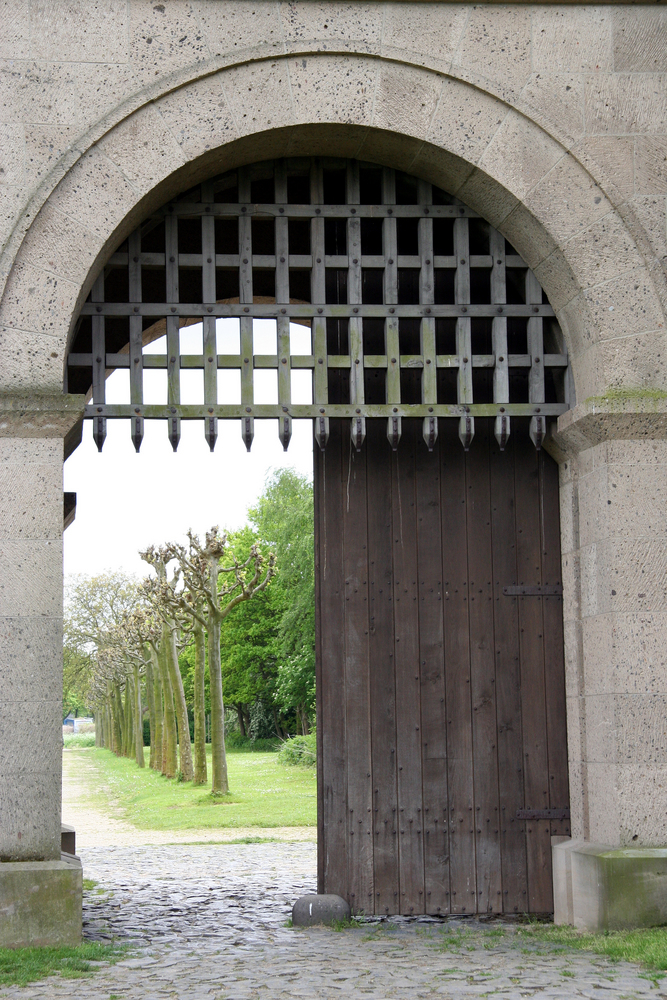It was so easy to get trapped. The city walls ensnared you and the gates locked you in. If you wanted to commit a crime in one of Germany’s 19th-century walled cities, you’d probably want to case the place first and plan your escape. A typical town...
City Gates & the Hue and Cry Trapped! It wasn’t easy for a criminal to escape from a walled city. In my last blog post, we looked at how the hue and cry – the victim’s cry for help – brought townsfolk out onto the streets to start chasing the...




Recent Comments